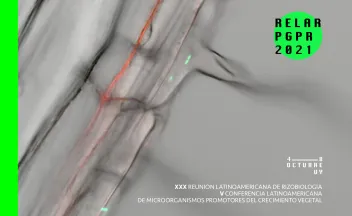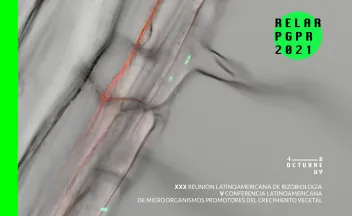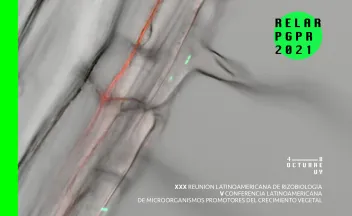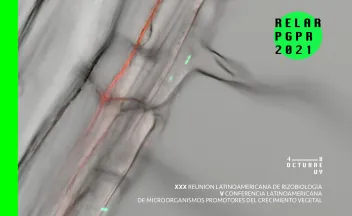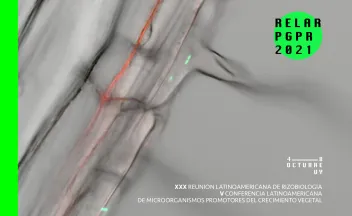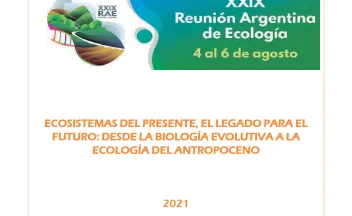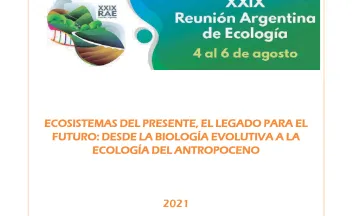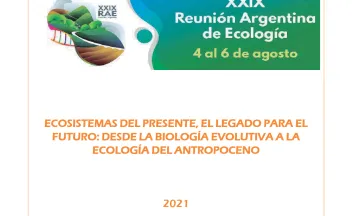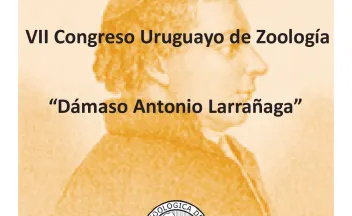Análisis in vitro e in silico de la actividad antimicrobiana ejercida por la cepa Paenibacillus sp. UY79, aislada de nódulo de raíz de Arachis villosa. [resumen].
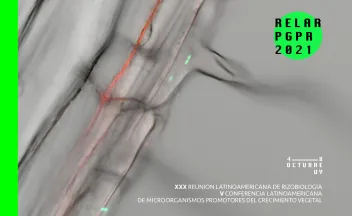
Si bien los nódulos están principalmente ocupados por rizobios, se ha demostrado la presencia de otras bacterias en su interior quizás como endófitas. En este trabajo se caracterizó una cepa de Paenibacillus sp. UY79, aislada de un nódulo de Arachis villosa colectado en el Parque Nacional de Esteros de Farrapos.

